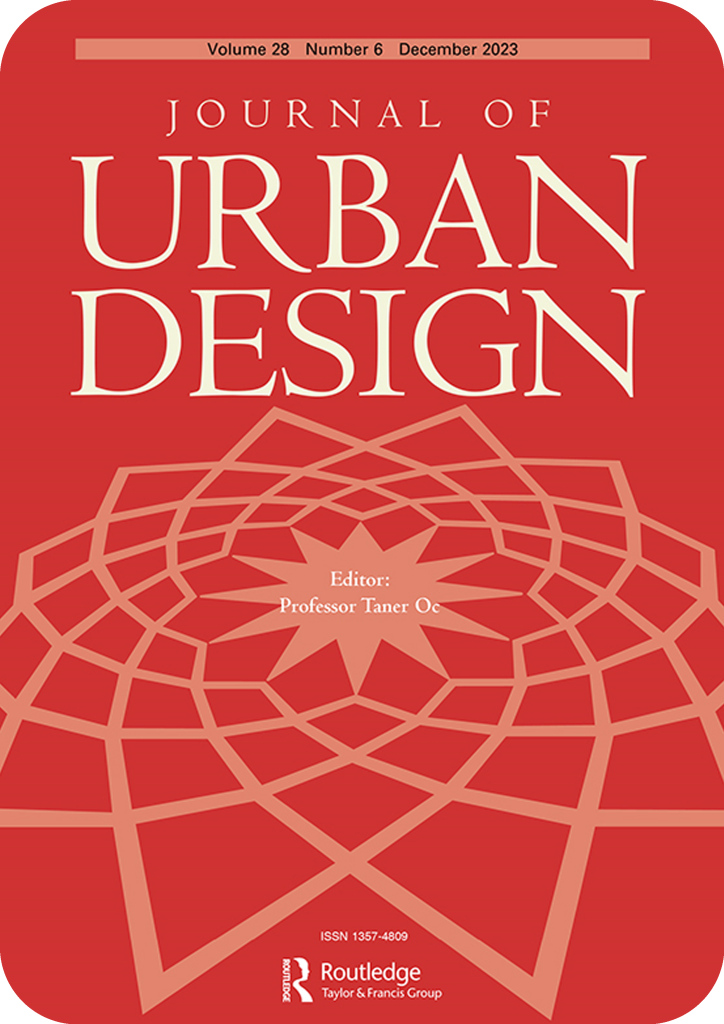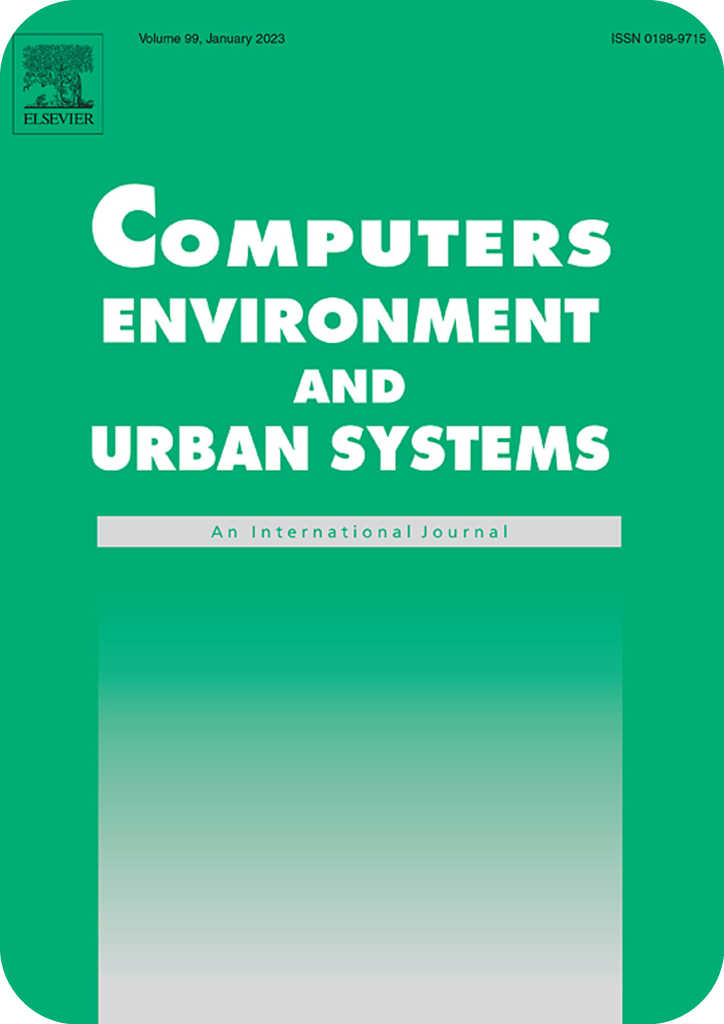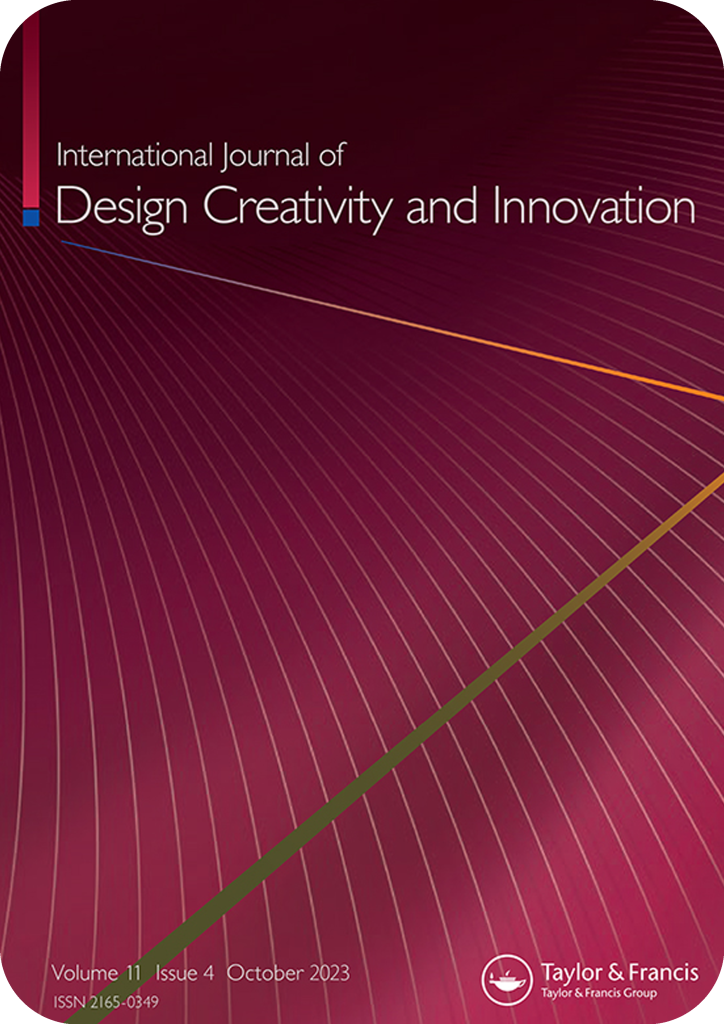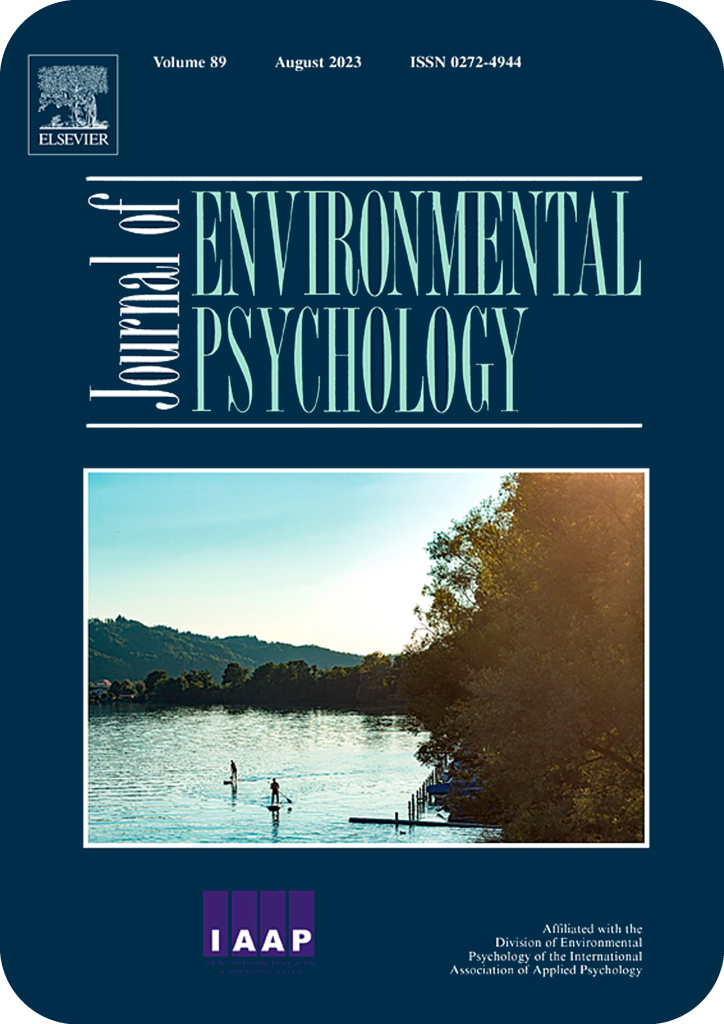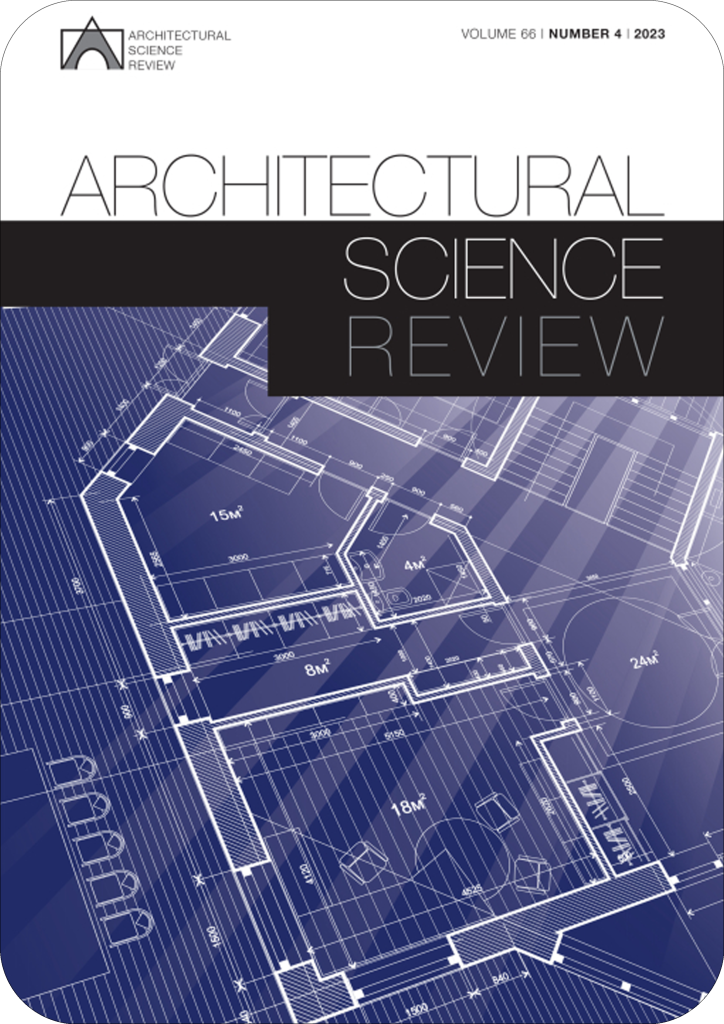
Abstract: Performance of a range of urban amenities is influenced by their accessibility to pedestrians. Success in attracting pedestrians to a particular location depends on how they project visuospatial information. In this paper, we propose an original method for analysing the visuospatial integration of particular locations within a street network. As a case study we analyse the distribution of one type of urban amenities - food and drink public facilities. We represent them in a form of visibility graph as objects of navigational decisions within the street network. To explore how urban facilities, streets and pedestrian visual cognition are interrelated, we create and compare three cases: a street network visibility graph and two visibility graphs of amenities. The first graph is based on the existing, Bnatural^ distribution, while the second is an Bartificial^, fabricated version of the environment, where urban locations are redistributed evenly across the case study. We study the graphs’ global network properties by the use of small-world, and scale-free models. Our results demonstrate that views available for an urban traveller in the existing, Bnatural^ setting had a particular structure. It is built of numerous weakly connected locations coexisting with a small number of hubs with an exceptionally large number of visual connections. Such organisation of urban visibility shows that visuospatial network shares morphological similarities with other natural networks, suggesting that common organizational principles underlie network structure.
More Papers

